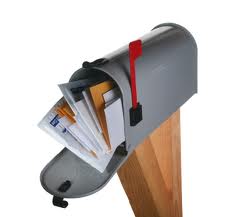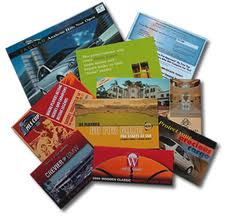 Good morning, DonorDreams blog subscribers. I thought I’d give you a day off from my random non-profit and fundraising thoughts by offering you an awesome article about DONOR RETENTION from a guest blogger. This guest post is from Matthew Mielcarek, the VP of Consulting at Charity Dynamics, who is a contributor for the online consultancy, Software Advice. Enjoy!
Good morning, DonorDreams blog subscribers. I thought I’d give you a day off from my random non-profit and fundraising thoughts by offering you an awesome article about DONOR RETENTION from a guest blogger. This guest post is from Matthew Mielcarek, the VP of Consulting at Charity Dynamics, who is a contributor for the online consultancy, Software Advice. Enjoy!
With a third of annual donations collected in December, many by first-time donors to an organization, finding a way to keep as many of those as possible going into a new year is a retention strategy proving quite valuable over time. A 2011 donorCentrics Internet and Multichannel Giving Benchmarking Report shows that 70 percent of first-time donors won’t donate again. Here are five steps Mielcarek suggests to foster lasting relationships with as many of them as possible.
1) Mielcarek says, “First time donors are qualified leads.” Therefore, consider first donations an acquisition gift. He goes on to suggest implementing a new donor conversion plan with the end-goal being to establish an ongoing relationship
2) Secondly, he says to be mindful of what a new donor may be communicating with you. He suggests the following metrics to gain insight to constituent behaviors: gift amount, billing city/state, solicitation campaign, and giving channel. He says that analyzing these key points is valuable. “Online acquired donors, for instance, generally have poor online retention; we know that a multichannel communication strategy will be important. In contrast, offline acquired donors are far less likely to cross the multichannel bridge and a single channel communication strategy may be appropriate.
3) Mielcarek also emphasizes the importance of showing gratefulness to donors. One NTEN and Charity Dynamics study shows that 21 percent of donors say there were not thanked for giving. He says that follow-up thank yous are also of immense value. Tell them how your year ended in terms of its goals. Show them they’re donation made an impact to their overall mission.
4) He adds, “Engage relevantly.” Beyond thank-yous, communicate with your donors and supporters on an ongoing basis. Personalize messages based on constituent interests, affinities, and locations. Keeping websites up-to-date and engaging is a key element to achieving lasting constituent interest too.
5) Lastly is the actual conversion to the next stage of giving, Mielcarek says. This stage involves suggesting an affinity-driven gift — whether that be a “renewal gift, or an upgrade or graduation to a monthly or mid-level giving program.”
To read more about Mielcarek’s suggestions, read the original story here.






